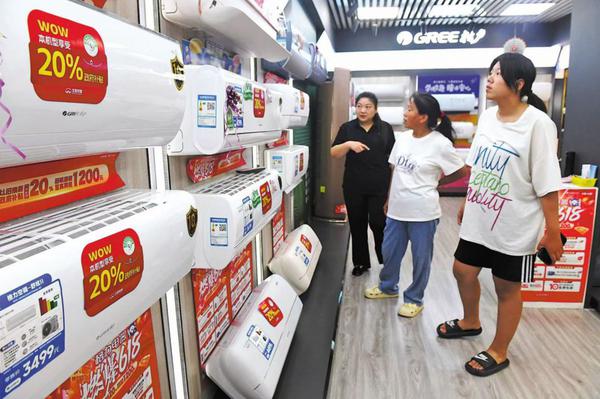
Consumers browse air conditioners with trade-in subsidies at a supermarket in Shijiazhuang, Hebei province, on June 9. (JIA MINJIE/FOR CHINA DAILY)
Zhu Jielong, general manager of Shandong Changshuo Auto Sales &Service Co, said the trade-in program has significantly boosted auto sales.
"Sales doubled in the second half of last year. Traditionally, the first half of the year is a slower season, but even in the first quarter of this year, our sales doubled again and continue to grow rapidly," Zhu said.
To motivate local governments while maintaining fiscal sustainability, the trade-in program adopts a cost-sharing model, with the central government covering the bulk of the funding.
Nationally, the central-local responsibility-sharing ratio follows a general 9:1 structure. The central government covers 85 percent of funding in eastern regions, 90 percent in central regions, and 95 percent in western regions.
The trade-in program for consumer goods has played a significant role in boosting consumption recovery. In Shandong, total retail sales of consumer goods reached 3.8 trillion yuan in 2024, up 5 percent year-on-year — 1.5 percentage points higher than the national growth rate.
The first months of the year witnessed Chongqing firmly implementing subsidy policies for vehicles and household appliance trade-ins among others. In addition, the municipality has introduced new policies regarding subsidies for the purchase of mobile phones and other digital products.
In the first quarter, Chongqing recorded 420.4 billion yuan in total retail sales of consumer goods, up 4.1 percent year-on-year — 0.5 percentage point higher than the growth rate for full-year 2024.
A prime example comes from the JD Mall located in the city's Jiulongpo district, the largest of its kind nationwide, which officially opened on June 15, 2024.
Before the introduction of national subsidies, the mall had already achieved 240 million yuan in transactions. After receiving layered subsidies from central, municipal and district-level budgets, sales surged to 455 million yuan.
In Nan'an district of Chongqing, the local government provided 152 million yuan in trade-in subsidies for vehicles, home appliances and furniture, benefiting over 600 businesses and generating 6.92 billion yuan in sales.
An additional 93 million yuan was invested in upgrading Nanping commercial pedestrian street to create a higher-quality consumption environment and cultivate new consumption growth engines — injecting fresh momentum into the district's high-quality development.
Local fiscal authorities have also tailored the implementation of the trade-in program policy to meet local needs, and streamlined subsidy review and disbursement procedures to improve policy execution and efficiency.
In implementing the vehicle trade-ins, Shandong has optimized the subsidy disbursement process by adjusting the original "municipal government review — provincial government recheck — subsidy issuance" sequence to a more streamlined "municipal government review — subsidy issuance — provincial government recheck" model, which has shortened application times, enabling consumers to enjoy the policy benefits more quickly and efficiently.
To further reduce financial burdens on participating businesses, Shandong also launched a prepayment mechanism for home appliance trade-in subsidies. Companies may receive up to 80 percent of funds in advance, easing cash flow pressure and encouraging broader participation in the initiative.
The Ministry of Commerce said in late April that since the enhanced home appliance trade-in program was launched in August 2024, consumers had purchased over 100 million units of new home appliances under the program.
In May, retail sales by major enterprises of home appliances, communication devices, cultural and office supplies, and furniture rose by 53 percent, 33 percent, 30.5 percent and 25.6 percent year-on-year, respectively.
The National Development and Reform Commission said that in May, China's total retail sales of consumer goods rose 3.7 percent year-on-year, accelerating by 1.4 percentage points compared with the previous month.












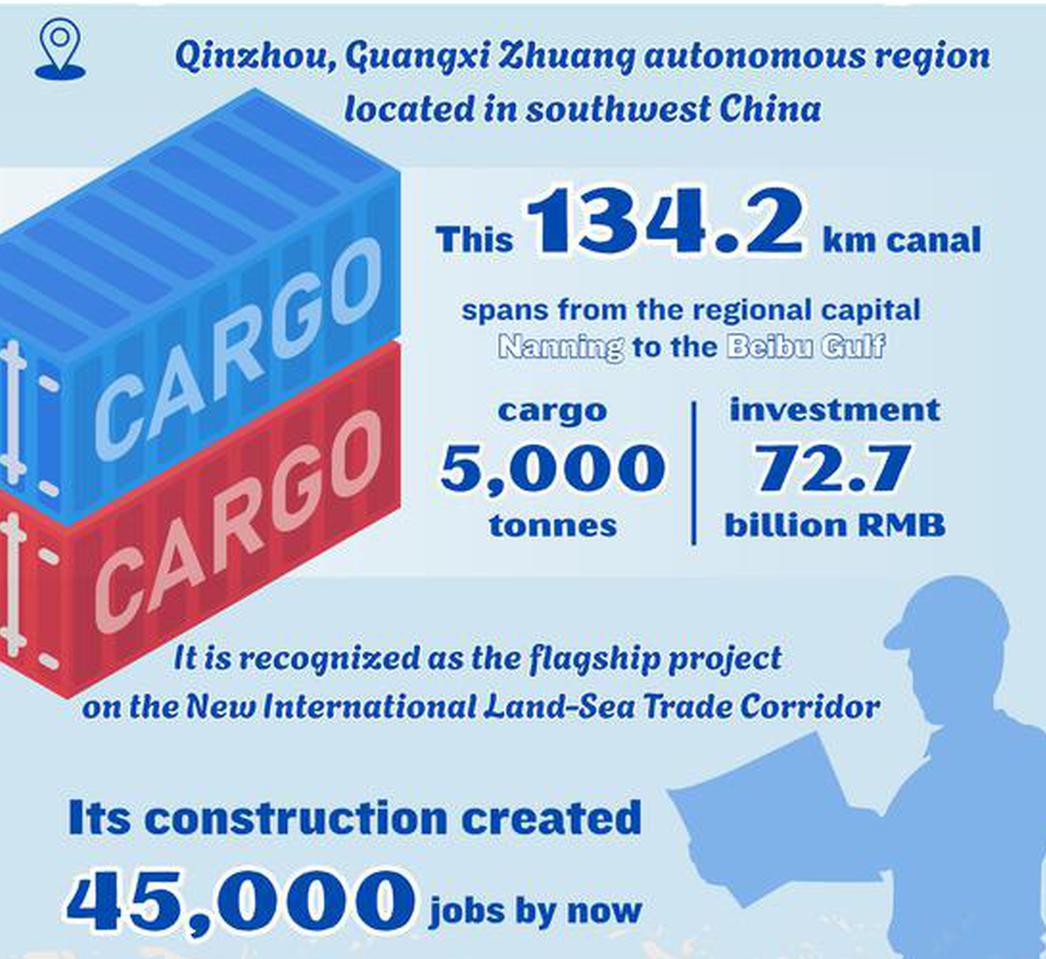




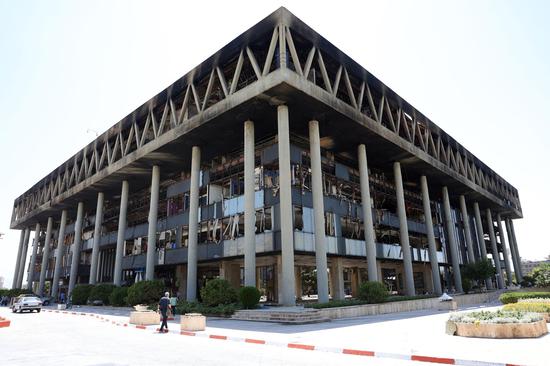










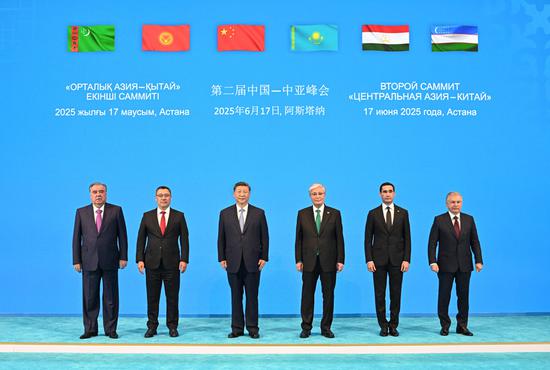














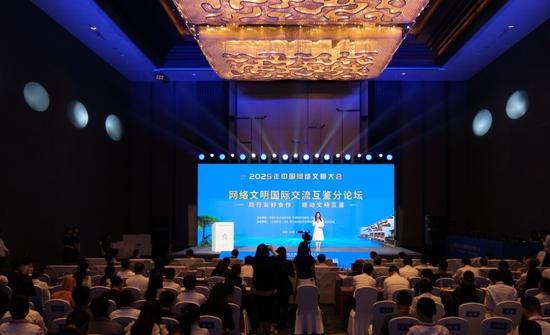






 京公網安備 11010202009201號
京公網安備 11010202009201號